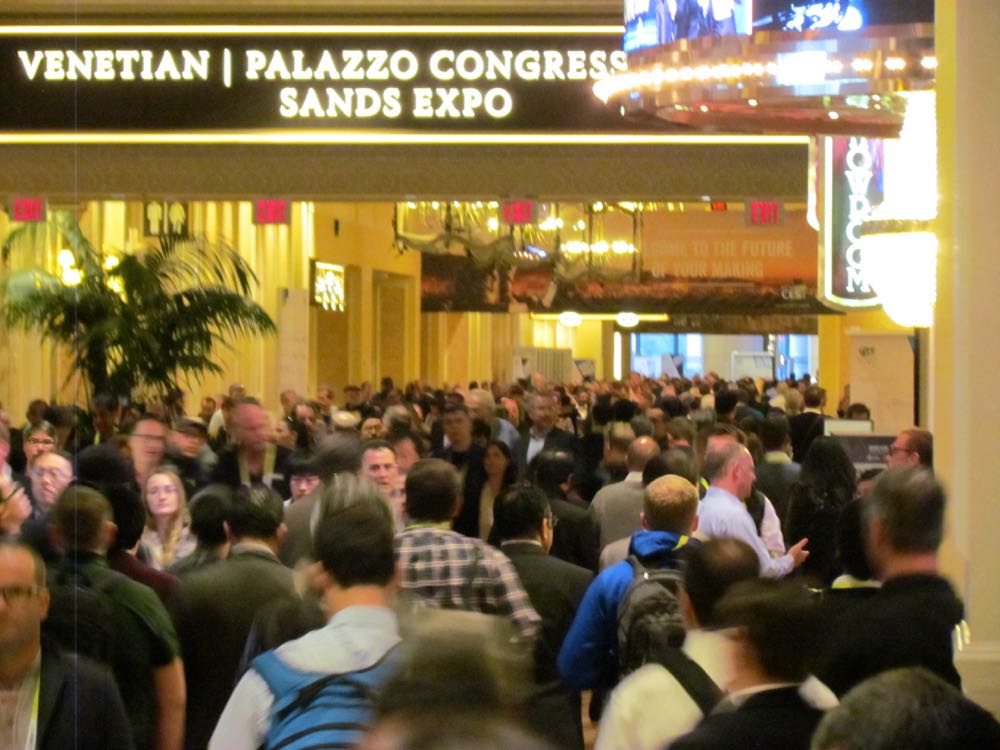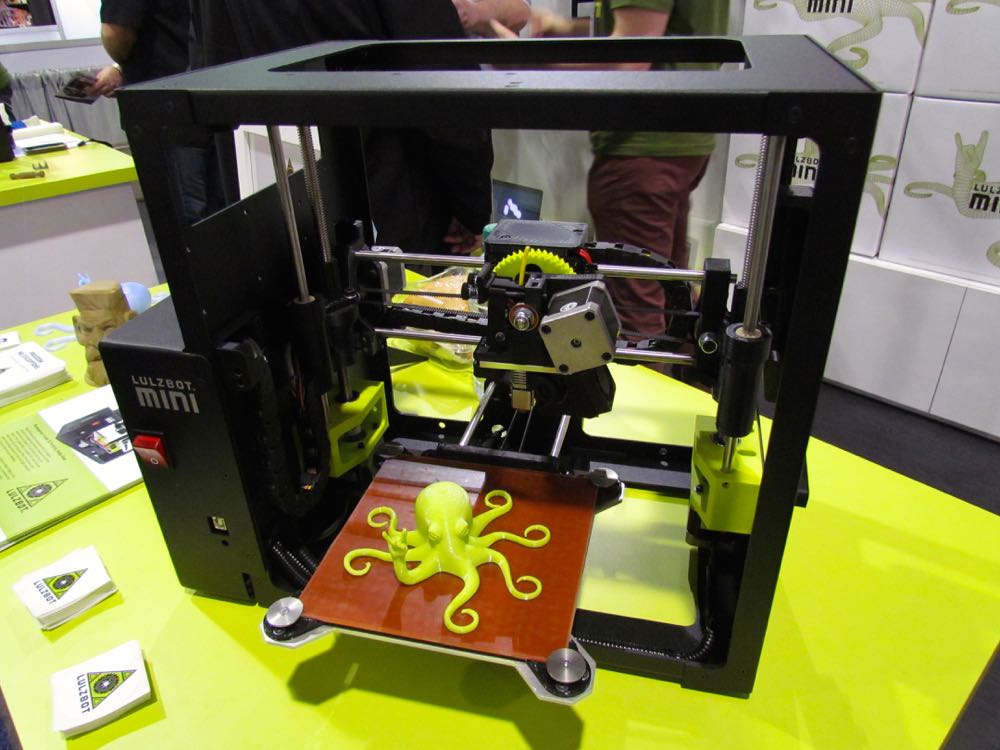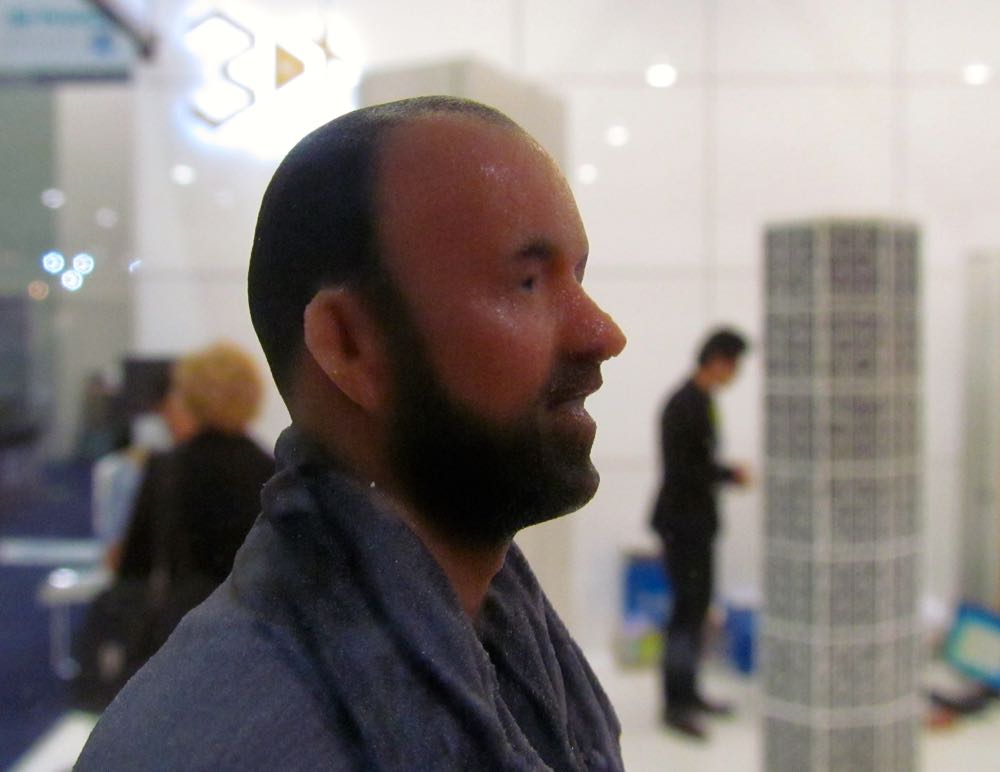
We’ve finished our tiring tour of the annual consumer electronics show in Las Vegas, focusing on the 3D print gear, of course.
We opted not to attempt real-time reporting, as there was simply far too many findings to do so. We’ve obtained information for dozens of posts and will deploy them over the next few weeks.
Meanwhile, we did have some overall impressions from the event and how it reflects on the 3D printing world today.
Numerous. We’ve attended the last few CES events and each time there are more 3D printing vendors displaying their wares. This year was certainly no exception as a record number of companies took part. The number? We’re not exactly certain, as some vendors strangely decided to locate their displays far away from the main 3D printing zone, even in other buildings, where they could not be discovered. However, the space allocated to 3D print-related companies appeared to be as much as 3X larger than last year.
Bigger. The displays presented by vendors were almost universally larger than last year’s event. Some, such as the booths from both MakerBot and 3D Systems were actually two stories tall! This a far cry from two years ago, when those leading vendors employed a mere table to show their equipment. Even mid-sized vendors had substantially larger booths, indicating they have sufficient funding and/or sales to afford the stratospheric cost of CES.

Smaller. And Larger. Regarding the 3D printers themselves, one trend we observed was the large number of “mini” devices presented. These are typically dumbed-down smaller versions of the flagship product, aimed at those seeking lower price points. Conversely, we also observed several “stretch” 3D printers, which were mostly identical to the flagship product, but had more size. We’re preparing a special report on these machines.

Applications. There were far fewer actual product announcements from the companies present than we expected. Instead, many companies are now focusing on strategies to increase the use of their machines. In other words, make them more useful for people by helping folks discover useful ways to operate them. This is a good thing, as it will help all companies in this space.
Sophisticated. Vendors participating in CES for their second (or even third) time operated highly sophisticated display booths, with multiple staff and original booth layouts, similar to what you’d see in any highly mature industry expo. This is a dramatic change from previous years, where most of the booths were quite straightforward.
Unsophisticated. Some vendors, particularly those participating for the first time, had very basic displays, sometimes even just a table. These companies often had products that now appear insufficiently advanced to compete against the increasingly solid and feature-filled major players. While these products might have made a splash two or even one year ago, they certainly did not do so this year. You must have an extremely unusual, effective and well-priced product to be noticed today.
All these factors drive home a basic point: the industry of personal 3D printing has become markedly more sophisticated and mature over the past year. The repeated large investments in various companies is beginning to show, at least in terms of their marketing.
Now, let’s see if their products can keep up.

